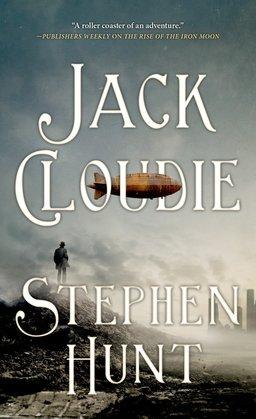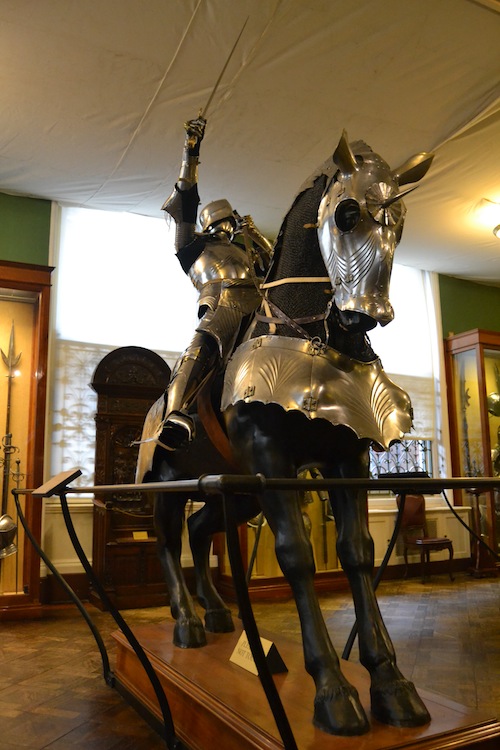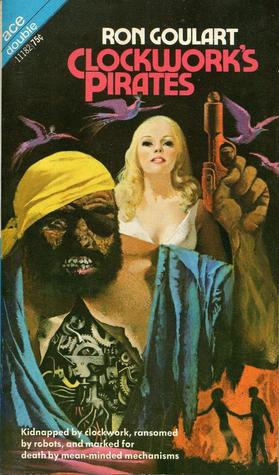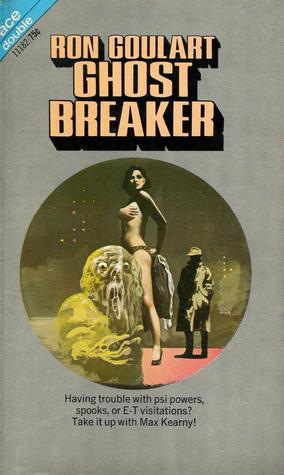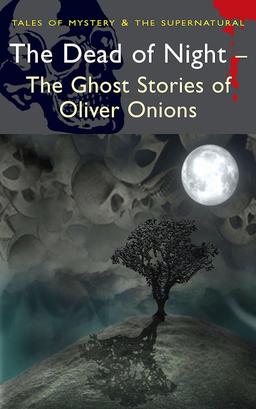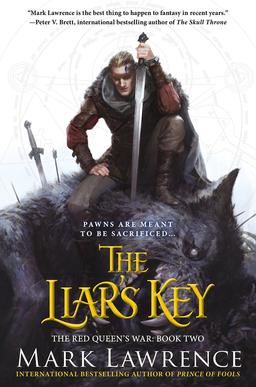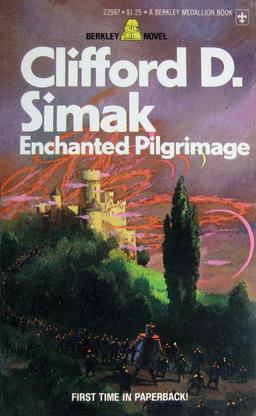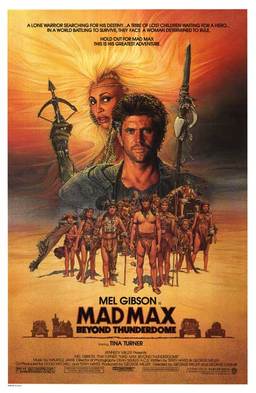The Omnibus Volumes of Jack Vance, Part III: The Demon Princes
 |
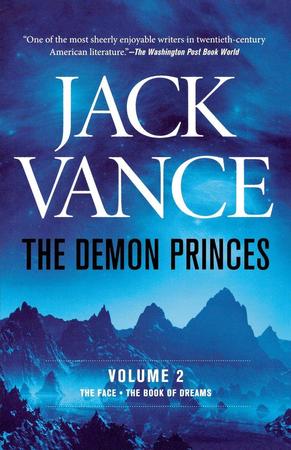 |
The first novel in Jack Vance’s Demon Princes saga, The Star King, was published as a two-part serial in Galaxy Magazine, in December 1963 and February 1964.
It took Vance eighteen years to complete the series — the fifth and final novel, The Book of Dreams, appeared in 1981 — and during that time he wrote all four novels in of Planet of Adventure, the Durdane trilogy, one novel in The Dying Earth, three books in his Alastor Cluster series, and at least four standalone novels. This is not a man who liked to focus on one thing at a time.
The Demon Princes is essentially a revenge fantasy. The central character is Kirth Gersen, whose entire village was enslaved while he was a child by five notorious criminals, collectively known as the Demon Princes. Each novel deals with an elaborate revenge scheme masterminded by Gersen on one of the five Princes, each of whom has achieved significant power — and embodies at least one major vice.
